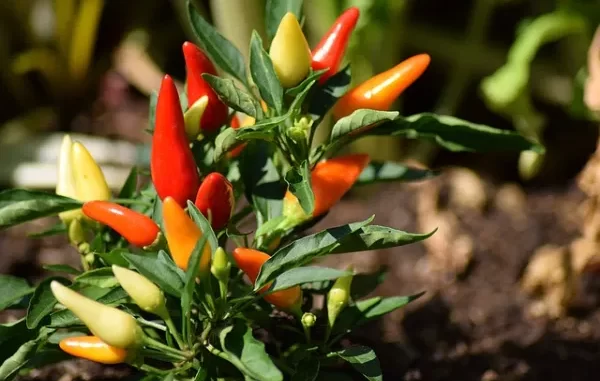
Welcome to the wonderful world of peppers! Peppers are one of the most beloved vegetables in the world, and for good reason. Not only do they bring a lot of flavor to dishes, but they can also offer some interesting and unique facts. In this article, we will explore some fun facts about peppers that you may not have known. From the varieties of peppers to their medicinal properties, we will learn about some of the unique aspects of this beloved vegetable. So, let’s get started!
The Many Colors of Peppers – Exploring the Variety of Peppers
Peppers are a beloved ingredient in many cuisines around the world, adding flavor, texture, and color to countless dishes. From the subtle sweetness of bell peppers to the fiery heat of the hottest chili peppers, the variety of peppers is remarkable. There are countless varieties of peppers, each with its own unique flavor and texture.
The most common type of pepper is the bell pepper, which comes in a variety of colors including green, yellow, red, and orange. Bell peppers are sweet and crunchy, making them a great addition to salads, sandwiches, and stir-fries.
The jalapeno pepper is a type of chili pepper that is often used to add a kick of spice to dishes. It has a medium heat level and a slightly smoky flavor. Jalapenos are commonly used in Mexican and Tex-Mex dishes such as salsa, guacamole, and tacos.
For those who like their dishes extra spicy, there are a variety of chili peppers to choose from. The hottest pepper in the world is the Carolina Reaper, which can measure up to 2.2 million on the Scoville Heat Unit scale. The habanero pepper is also quite spicy, with a rating of up to 350,000 on the Scoville scale.
For a milder flavor, there are several types of sweet peppers available. The Anaheim pepper is a mild, sweet pepper with a bright red color. Paprika peppers are also mild, with a slightly smoky flavor.
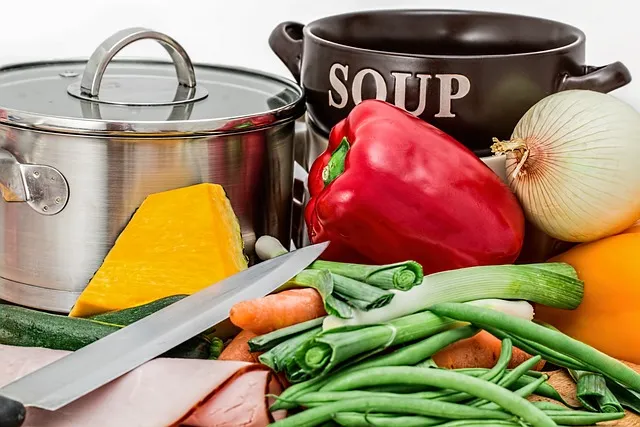
For a unique flavor, there are the pimento peppers, which are sweet and slightly tangy. The poblano pepper is a milder variety of chili pepper that is often used in Mexican dishes such as chiles rellenos.
No matter what type of pepper you choose, it can add a unique flavor and texture to any dish. From sweet bell peppers to the hottest chili peppers, there is a pepper for every taste and recipe. Exploring the many colors and flavors of peppers is a great way to add variety to your cooking.
A Hot and Spicy History – The Fascinating Story Behind Peppers
Peppers have been a part of the human diet for centuries, dating back to prehistoric times when they were first discovered by humans in Central and South America. Peppers are believed to have been first cultivated in Mexico and later spread to the rest of the world. Over time, this beloved ingredient has become a staple in various cuisines around the world, from spicy Mexican dishes to mild Italian pastas.
The scientific name for peppers is Capsicum, which comes from the Greek word kapos meaning “to bite.” This is fitting, as peppers are known for their heat, ranging from mild to mouth-scorching. The heat in peppers comes from capsaicin, a compound that triggers a burning sensation in the mouth. The spicier the pepper, the more capsaicin it contains.
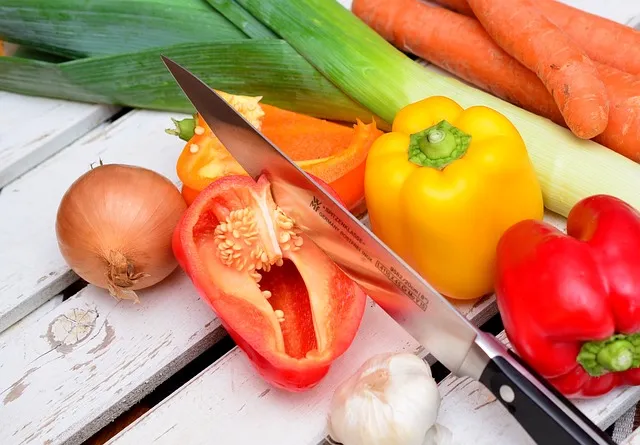
The use of peppers as a culinary and medicinal ingredient has a long history. Native American tribes used them for hundreds of years as a natural remedy for ailments such as headaches, toothaches, and stomach problems. Peppers were also used as a spice to enhance the flavor of food.
In the 16th century, Christopher Columbus brought peppers to Europe where they quickly became popular for their flavor and medicinal properties. From there, they spread to Asia, India, and the rest of the world. Today, peppers are used in a variety of cuisines, from fiery curries to mild Italian pastas.
Peppers have come a long way since their prehistoric beginnings. It is amazing to consider the journey they have taken to become the beloved ingredient they are today. From their use in ancient medicines to the fiery dishes of today, peppers have become a staple in kitchens around the globe.
From Sweet to Spicy – The Range of Heat in Different Types of Peppers
Peppers are a versatile and popular addition to many cuisines around the world. Depending on the variety, they can bring a range of flavors and heat levels to any dish. In general, peppers are measured on the Scoville Heat Unit (SHU) scale, which measures the amount of heat-producing compounds present. From sweet to spicy, these are the different types of peppers, listed from mildest to hottest.
Bell peppers are the mildest type of pepper, measuring 0 SHU. These colorful peppers are usually green, red, yellow, or orange, and are commonly used for both flavor and color in many dishes.
Banana peppers are the next mildest pepper, measuring 100-500 SHU. These yellow-colored peppers are often pickled and used as a condiment.
Poblano peppers measure 1,000-2,000 SHU and are a popular type of pepper used in Mexican cuisine. They have a mild heat and smoky flavor that adds complexity to dishes.
Anaheim peppers are similar to poblanos, measuring 500-2,500 SHU. These peppers are green when immature, turning red when ripe, and are also widely used in Mexican cuisine.
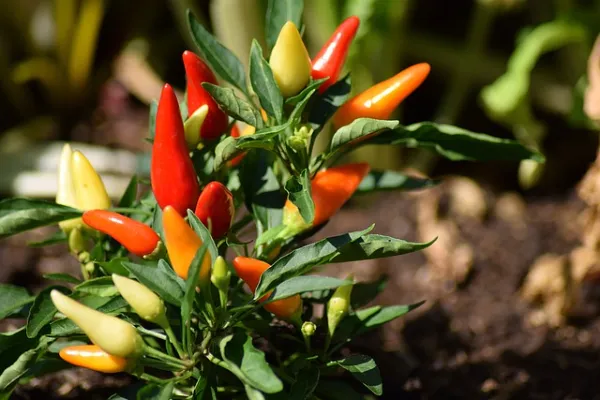
Jalapeño peppers measure 2,500-8,000 SHU and are among the most popular types of peppers. They are usually green in color and are the perfect balance of mild and spicy.
Serrano peppers measure 10,000-23,000 SHU and are hotter than jalapeños. They are usually green, although they can be red, yellow, or even black depending on the variety.
Cayenne peppers measure 30,000-50,000 SHU and are one of the hottest types of pepper. They are often dried and ground to make cayenne pepper powder, which is widely used in spicy dishes.
Habanero peppers are the hottest type of pepper, measuring 100,000-350,000 SHU. They are usually red or orange in color and have a distinct flavor that is both sweet and spicy.
No matter what type of heat level you’re looking for, peppers offer a variety of flavors and levels of heat that can add depth and complexity to any dish. From sweet bell peppers to spicy habaneros, there’s a pepper for everyone.
Peppers Around the World – Discovering the Different Ways Peppers are Used
Peppers are a beloved and diverse ingredient that are used in a multitude of cuisines around the world. From mild to fiery, peppers come in a variety of shapes, sizes, and flavors, and can be used to add a kick to meals. In this article, we will explore the different ways peppers are used in various cultures and cuisines.
In East Asia, peppers are used to season a wide variety of dishes. From Chinese cuisine to Japanese, Thai, and Korean dishes, peppers are often used as both a condiment and as an ingredient in soups and stir-fries. Peppers are also commonly pickled and served as a side dish to add flavor and spice. In India, peppers are often used in curries and other spicy dishes, as well as in chutneys and pickles.
In South and Central America, peppers are an essential part of many dishes. From Mexican cuisine to Brazilian, peppers are used in a variety of dishes, from stews to tacos. In Peru, peppers are used to make a variety of sauces and salsas, as well as in ceviche, a traditional dish made of seafood marinated in citrus juice.
In the Caribbean, peppers are used in a variety of dishes, from the classic jerk chicken to curries. Peppers are also used to make hot sauces, such as the famous Scotch bonnet pepper sauce. In the United States, peppers are used in everything from the classic hamburger to the more adventurous dishes such as jambalaya and chili.
No matter what cuisine one explores, peppers are sure to be a part of it in some way. From mild to fiery, peppers can add a kick to any dish. Whether they are used as a condiment, an ingredient, or a side dish, peppers are sure to add flavor and spice to any meal.
Growing Your Own Peppers – Tips and Tricks for Cultivating Your Own Peppers
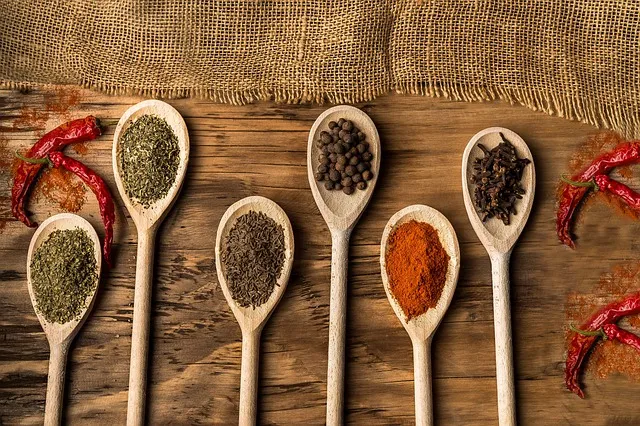
Growing your own peppers is a rewarding and enjoyable experience that can provide you with delicious, nutritious vegetables. With a few tips and tricks, you can cultivate your own peppers with ease.
First, select the type of pepper you wish to grow. Peppers come in a variety of shapes, sizes, and colors, and can range from mild to hot. Consider the climate and season when choosing the right variety for your area.
Next, prepare the soil for planting. Peppers prefer well-draining soil that is rich in organic matter. Amend the soil with compost or other organic material before planting the seeds or seedlings.
When it’s time to plant, choose a sunny spot in the garden. Peppers need at least six hours of direct sunlight each day. Plant the seeds or seedlings at least one foot apart in a row and cover with a thin layer of soil. Water the soil until it is moist but not soggy.
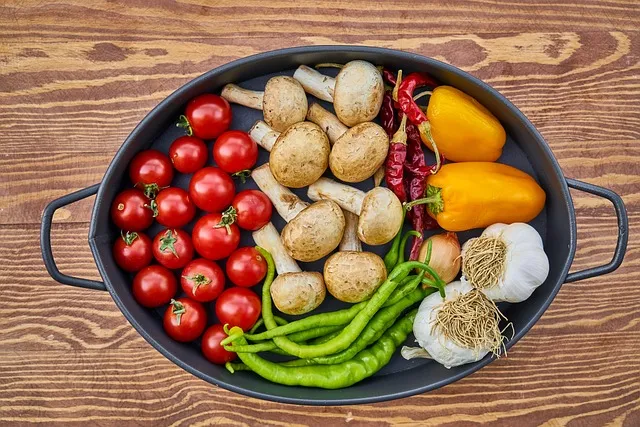
Once the plants have sprouted, you’ll need to keep them well-watered and fertilized. Water the plants every few days and fertilize them using a balanced fertilizer according to the package instructions.
Finally, you’ll need to protect your peppers from pests and diseases. Inspect the plants regularly for signs of pests and diseases such as aphids and powdery mildew. Treat any problems promptly with an appropriate pesticide or fungicide.
By following these tips and tricks, you can easily grow your own peppers with success. Enjoy your homegrown peppers in salads, sauces, and other dishes.
Peppers are an incredibly versatile and flavorful ingredient that can add a zip of flavor to almost any dish. They come in a wide variety of flavors, shapes, and colors, and can be enjoyed fresh, cooked, or dried. With the right combination of peppers, you can add a unique and delicious flavor to almost any recipe. So the next time you are looking for something to spice up a dish, reach for some peppers!

Leave a Reply